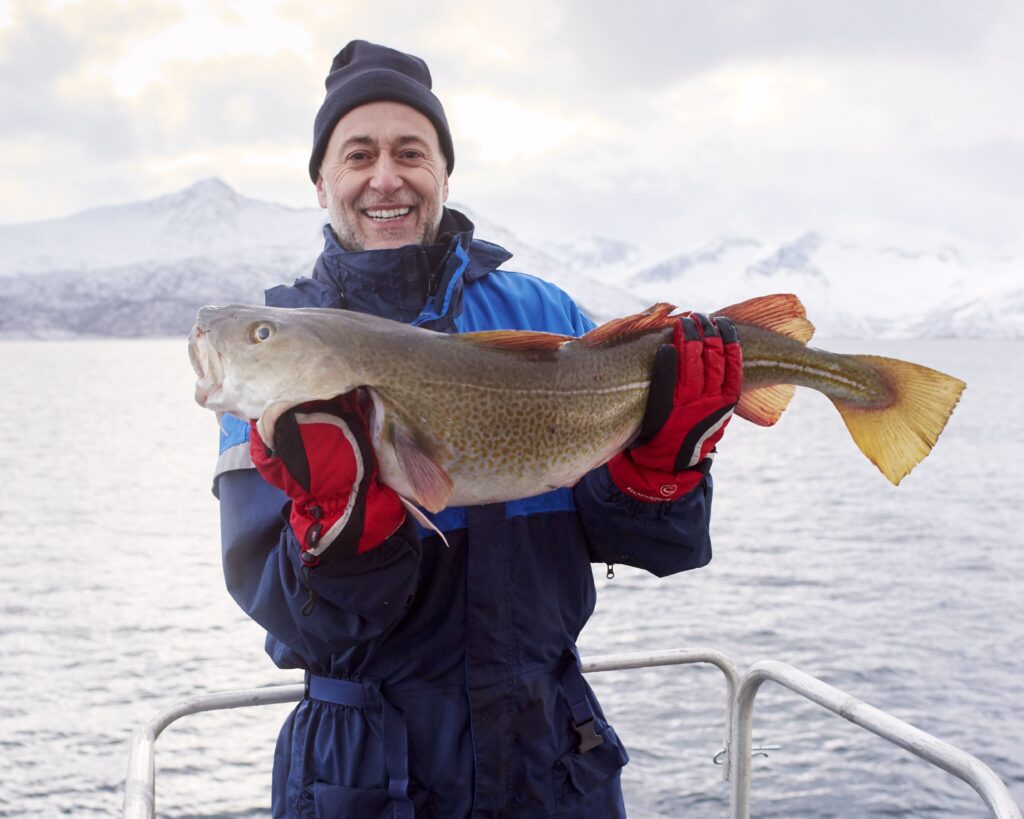Renowned chef and Norwegian Seafood Council ambassador Michel Roux is encouraging a zero waste philosophy when it comes to fish ahead of Stop Food Waste Day on 30th April.
‘I’m a firm believer that if you take the life of an animal, then you should use all of it – and that should be the same for fish, “ he says. “We know there should be zero waste where possible.”
Michel declares cod stomachs – in the form of Skrei mølje, a traditional serving where the seasonal Norwegian cod is served poached with its roe, liver and sometimes the stomach, alongside potatoes and onions, beer and aquavit – to be “absolutely glorious”. He even served up cod stomachs imported from Norway as a garnish at his iconic Le Gavroche restaurant in London.
Michel believes younger generations of industry professionals are more attuned to sustainability issues and that provenance is key, especially among consumers who “want to know where their food comes from, be it fish or animal protein or vegetables”.
“That really is something that’s changed over the years,” he adds.
Michel sees Norwegian seafood as an ally in his approach to food values, in particular Skrei, which he describes as “beautiful white, pearly, cod.”
“Skrei is a great example of fisheries management in Norway,” he adds.
According to NSC’s Top Seafood Consumer Trends 2025 report, released earlier this year, there is unprecedented potential to tap into this area. The combination of the rising cost of living and an increasing consumer desire for sustainable seafood options has opened the door to new or different species and with that a broader adoption of the nose-to-tail philosophy when it comes to seafood consumption.
NSC believes this shift in mindset means that consumers are not only more open to exploring different species, but they are also willing to pay a premium for seafood that meets their sustainability expectations. In turn, it says this willingness to invest in better quality, responsibly sourced seafood is accompanied by a growing desire to make the most out of every part of the product they purchase – supporting a more resourceful and waste-conscious approach to seafood enjoyment.
Highlighting a number of ways in which operators can make the most of the whole catch to ensure that no part of this precious resource goes unused, NSC suggests using the head bones of cod and haddock to create rich, nutritious broths, while herring skin, when toasted or fried, offers a crisp, protein-packed alternative to crackling.










